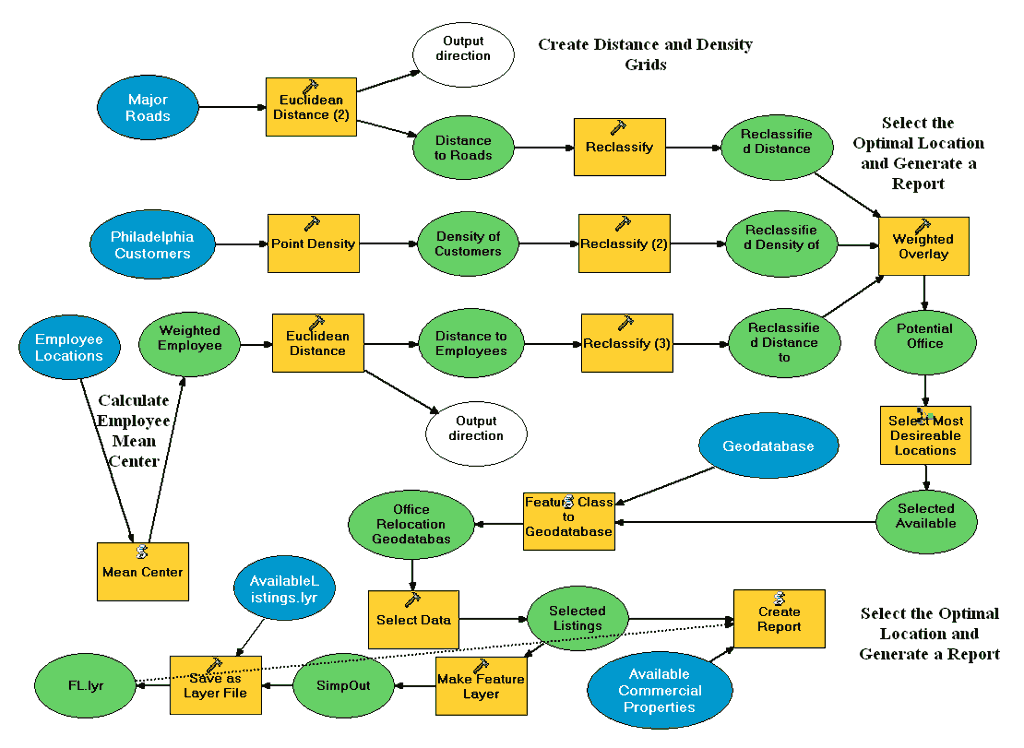Wow! Two really good things happened this week for emergency preparedness, addressing both safety and security. First, the @EPCollege published @HasisD ‘s report on what the UN Disaster Risk Reduction Sendai Framework means for (local!!) UK practitioners which really opens up the debate (PDF)
Must read!https://t.co/HMRUaWOYKQ@LDN_prepared @NorthantsEPTeam @YorkPrepared @PreparedPics @floodmary @SarahMarriott14 @paulmkudray pic.twitter.com/JkCGtYW0GP
— Monika AlMufti (@MonikaAlMufti) June 7, 2017
… and today, just four days after the London Bridge attack, the National Counter Terrorism Security Office (NaCTSO) issued new official safety guidance for crowded places which includes a substantial section on personal safety.
NEW: Guidance on increasing #CrowdedPlaces protection from a terrorist attack https://t.co/8HdgFkoBPF #security #prepared #business #BCM pic.twitter.com/d7yW5CNTgw — EVAQ8 Emergency Kits (@EVAQ8_news) June 8, 2017
In their guidance, NaCTSO writes
“No-one has more responsibility for your personal security than you.”
Naturally, security and safety go hand in hand and so in my view this statement applies across the board to include all risks, not just terrorism. Actually, the risk from terrorism, viewed objectively and rationally, plays just a very small role. Consider:
The likelihood of dying at the hands of a terrorist is comparable to the odds of drowning in one’s own bathtub.https://t.co/YfIDW3fLl6
— The Conversation (@ConversationEDU) June 7, 2017
“On an average day, terrorists kill 21 people worldwide. On that same average day, natural or technological disasters kill 2,200 people – or more than 100 times as many.”
The more ‘clear and present danger’ lies elsewhere. As my earlier post Prepare for a world that’s more than 2° C warmer discusses, there is a different elephant in the room. A new study that assessed potential future climate damage to major European coastal cities projects that annual economic losses may range up to 40 billion $ by 2100 (based on worst emission scenario, which we’re heading into rather fast). For the UK, sadly, this will continue to look more and more like this:
Major flooding in UK now likely every year, warns lead climate adviser https://t.co/btGAGBgXw8 — The Guardian (@guardian) December 26, 2016
So, what is to be done? Well, actually there is a lot that anyone can do. In this blog, we specifically talk about personal and community preparedness, capabilities which means skills and training and capacities which means practical tools and equipment. Key posts here to look at are:
Disaster Preparedness – what disaster, why preparedness?
Resilience and Preparedness Roadblocks: what stops us?
Community Resilience Building Blocks – it all starts with prepared individuals
Be prepared – not scared!
Monika
edit to add: also just out now is the JRF’s report: “Present and future flood vulnerability, risk and disadvantage: A UK scale assessment” This report is of particular interest to community resilience. It highlights how flood risks interact with social vulnerability across the UK to create flood disadvantage, an issue which will be exacerbated by climate change. Today some 6.4 million people live in flood prone areas, with around 1.5 million of these people living in vulnerable neighbourhoods (which include people on low incomes, with poor health and other factors that means floods are likely to have more negative impacts…
Present and future flood vulnerability, risk and disadvantage: A UK scale assessment | https://t.co/lu1oZmmjuZ https://t.co/esHosO5Gt4 #DRR
— EVAQ8 Emergency Kits (@EVAQ8_news) June 12, 2017
For more Resilience Blog simply use the right hand navigation. For emergency kits and practical resources use the top navigation. For more on Emergency and Disaster Preparedness head over to our FREE resources at the Preparedness Hub and find out why we use humour. If you like this post, please share it to help raise awareness for Emergency and Disaster Preparedness.
Tweet thank you for sharing!
Find EVAQ8 on social media, like and follow us!











 Have a great week and good start to September – make it a Preparedness month for yourself, your loved ones and your wider communities. And if you want to delve a little deeper, watch this brilliant VIDEO by The Royal Society, an animation and briefing on unconscious bias adapted by Professor Uta Frith
Have a great week and good start to September – make it a Preparedness month for yourself, your loved ones and your wider communities. And if you want to delve a little deeper, watch this brilliant VIDEO by The Royal Society, an animation and briefing on unconscious bias adapted by Professor Uta Frith 

 Business Continuity Management or BCM is often treated as a subset of risk management. Up to a point this holds, for in Risk Management (ISO 31000) risk identification is the first key step in risk assessment that leads to the selection of appropriate risk treatments based on the best available information. Problems arise here, however, when ‘best available information’ is not good enough or absent. This is often the case in today’s world of complex and often hidden or fast developing threats both man-made and natural disasters.
Business Continuity Management or BCM is often treated as a subset of risk management. Up to a point this holds, for in Risk Management (ISO 31000) risk identification is the first key step in risk assessment that leads to the selection of appropriate risk treatments based on the best available information. Problems arise here, however, when ‘best available information’ is not good enough or absent. This is often the case in today’s world of complex and often hidden or fast developing threats both man-made and natural disasters.


